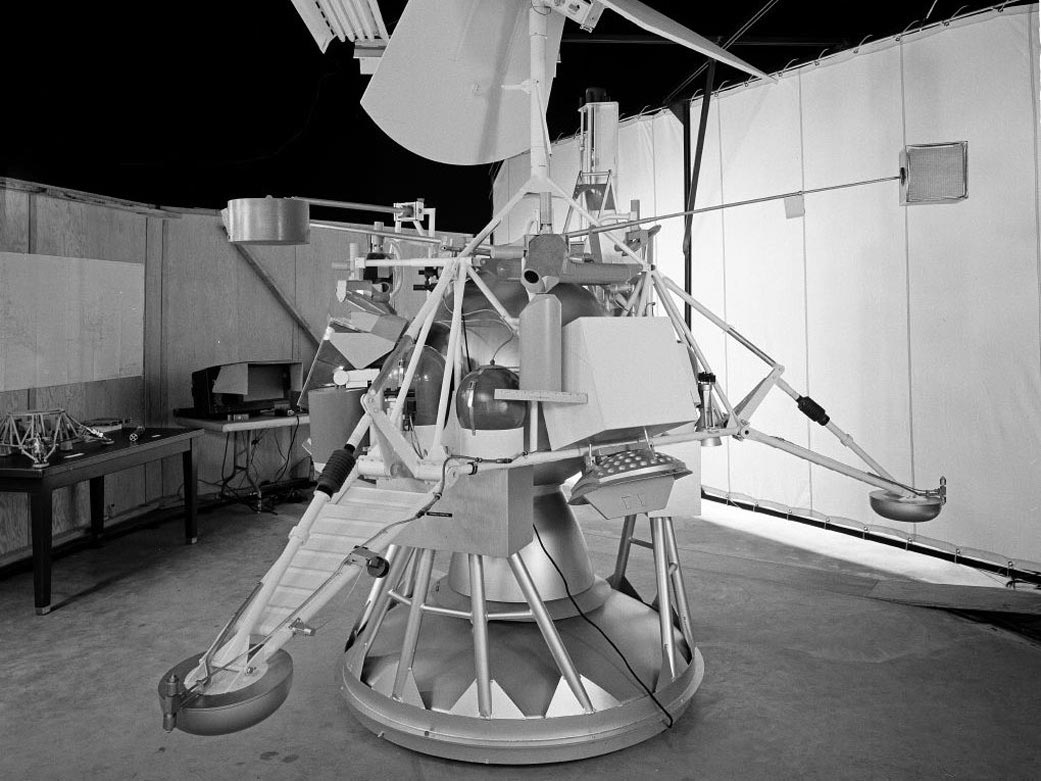
Comparing this data with the history of previous NASA missions, Paul Chodas, CNEOS director, concluded 2020 SO could be the Centaur upper stage rocket booster from NASA’s ill-fated 1966 Surveyor 2 mission to the Moon.
The object is thought to be the Centaur upper-stage booster rocket from the Surveyor 2 mission that launched to the Moon in 1966.
While the Surveyor 2 lander crashed into the lunar surface, the spent Centaur rocket drifted past the Moon and ended up in an unknown solar orbit.
Over 50 years later, the Centaur rocket has apparently returned, entering Earth orbit on Nov.10 where it will remain until March 2021 before escaping back into a new solar orbit.
Equipped with this knowledge, a team led by Vishnu Reddy, an associate professor and planetary scientist at the Lunar and Planetary Laboratory at the University of Arizona, performed follow-up spectroscopy observations of 2020 SO using NASA’s IRTF on Maunakea, Hawai’i.Through a series of follow-up observations, Reddy and his team analyzed 2020 SO’s composition using NASA’s IRTF and compared the spectrum data from 2020 SO with that of 301 stainless steel, the material Centaur rocket boosters were made of in the 1960’s.While not immediately a perfect match, Reddy and his team persisted, realizing the discrepancy in spectrum data could be a result of analyzing fresh steel in a lab against steel that would have been exposed to the harsh conditions of space weather for 54 years.
“We knew that if we wanted to compare apples to apples, we’d need to try to get spectral data from another Centaur rocket booster that had been in Earth orbit for many years to then see if it better matched 2020 SO’s spectrum,” said Reddy.This 1964 photograph shows a Centaur upper-stage rocket before being mated to an Atlas booster.However, on the morning of December 1, Reddy and his team pulled off what they thought would be impossible.They observed another Centaur D rocket booster from 1971 launch of a communication satellite that was in Geostationary Transfer Orbit, long enough to get a good spectrum.
With this new data, Reddy and his team were able to compare it against 2020 SO and found the spectra to be consistent with each another, thus definitively concluding 2020 SO to also be a Centaur rocket booster.
2020 SO made its closest approach to Earth on December 1, 2020 and will remain within Earth’s sphere of gravitational dominance — a region in space called the “Hill sphere” that extends roughly 930,000 miles (1.5 million kilometers) from our planet — until it escapes back into a new orbit around the Sun in March 2021